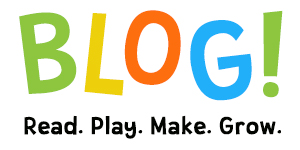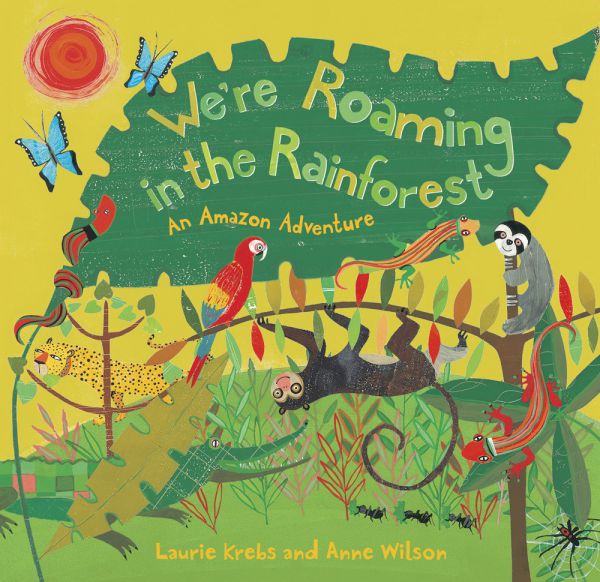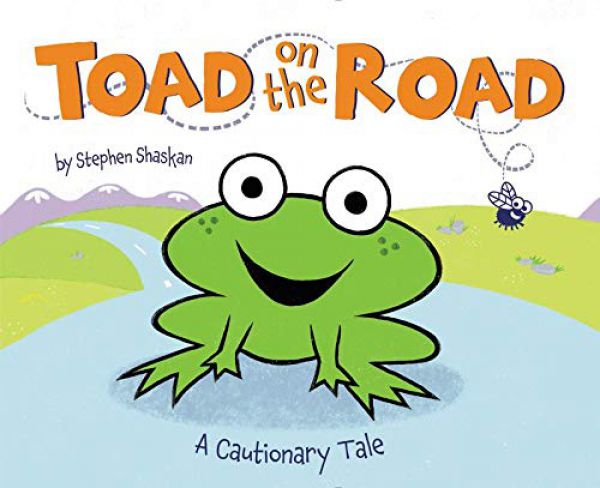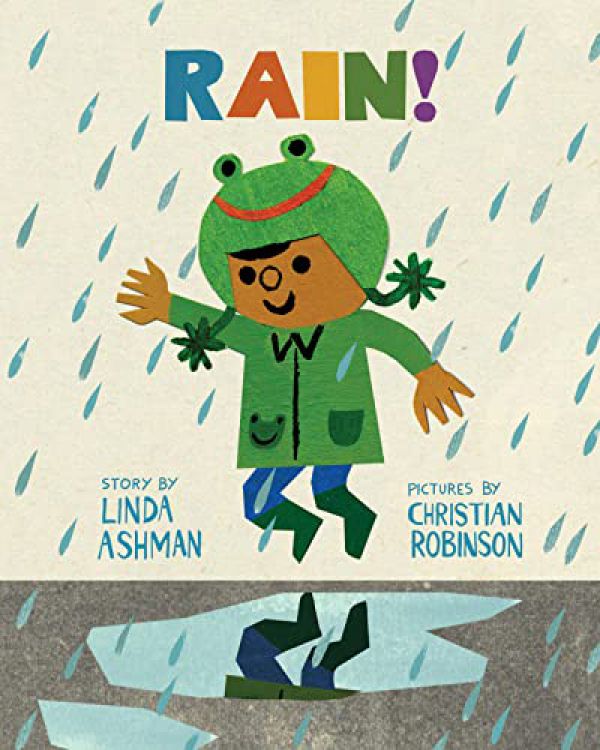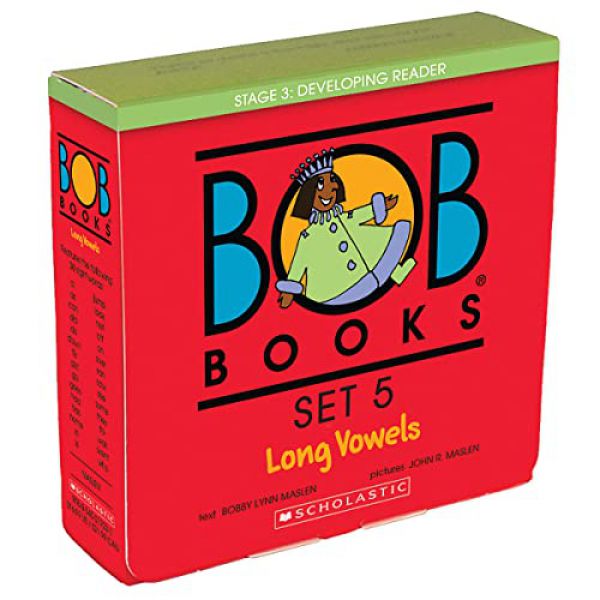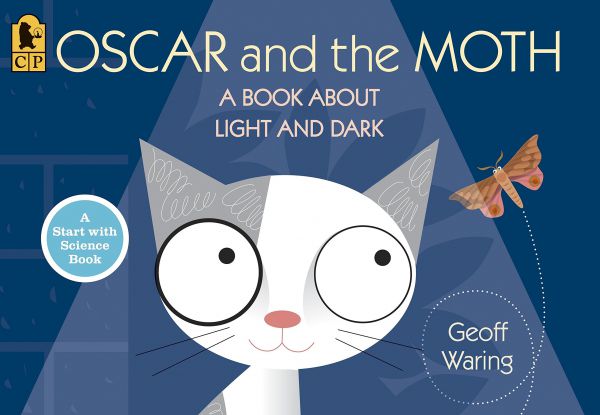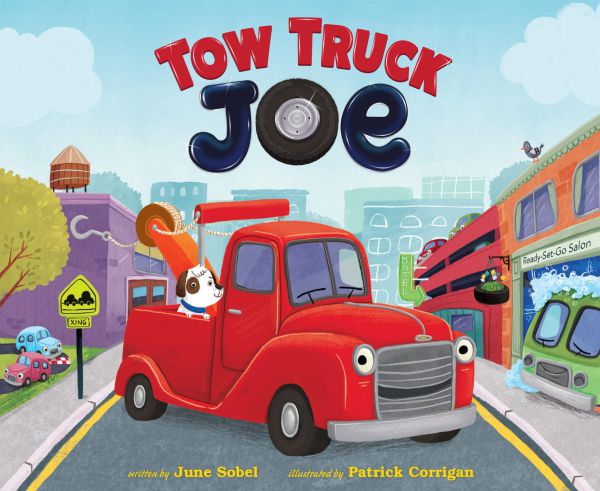In our last literacy blog, Let’s Hear It For The Vowels, we introduced vowels a,e,i,o,u , sometimes y, and the sounds they make. Now it’s time to start talking about how vowels work as a team. That’s right, sometimes vowels team up, just like your favorite sports team. These teams work together to make a specific sound. Go team!
There are a lot of vowel teams out there. For our post today, we’re going to focus on beginning vowel teams.
Fast Tip: Keep in mind, vowels can be tricky because there are no set rules that apply to vowels all of the time. The "rules" are more generalizations.
But, with a little patience and practice, your emerging reader will be a pro in no time!
Your Vowel Team Starting Lineup
Let’s start learning about teamwork with vowels by introducing our starting lineup of vowel teams. These teams are the most common, and the most mighty!
Long A Team ….-ai, -ay, - a_e (long a words: paint, say, game)
Long E Team ….–ea, -ee, e_e (long e words: reach, tree, eve)
Long O Team….. -oa, -oe, o_e (long o words: boat, toe, cone)
Long U Team….-ue, -ew, u_e (long u words: glue, few, cube)
Fast Tip: The two vowels in a vowel team work together to make one vowel sound so they can’t be split up.
After your reader is successful with these vowel teams, you can expand your line-up by introducing other combinations.
The Tricky Teammate: Silent E
A common teammate in words is the silent e. Sometimes the vowel e can get a little sneaky and remain silent. This can happen when the e comes at the end of the word and there is a consonant between a vowel and the letter e.
For example, the word take is pronounced tāk because the e remains silent.
Vowel Consonant e (V_e) is when one vowel is followed by a consonant and the letter e.
Examples of vowel, consonant, and “silent e” are:
a_e game (silent e makes letter a say its name)
e_e eve (silent e makes letter e say its name)
I_e bike (silent e makes letter i say its name)
o_e cone (silent e makes letter 0 say its name)
u_e cute (silent 3 makes letter u say its name)
Ready to get to know more about your vowel teams? We have some great books in the library to add to your practice!
Teaching and Practicing Each Vowel Team
Lace up your tennis shoes and grab your gear, it’s time to practice with your vowel teams! Here are a few activities you can do anytime to introduce and reinforce vowel teams.
GAME PLAN for teaching each vowel team: (Teach one vowel team per week)
Select the vowel team you wish to introduce, and create word cards that focus on that one vowel team. List provided below for your convenience.
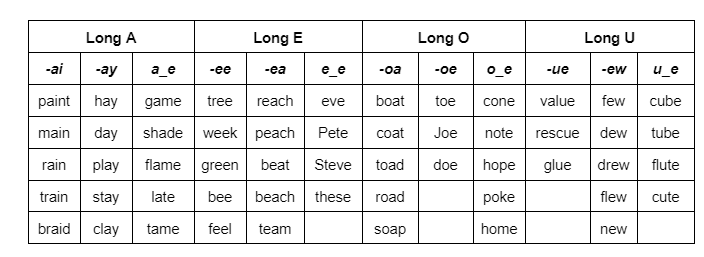
ai and ay are great vowel teams to start with because they are common and have a predictable pattern.
Read aloud the word cards (do not show words or word cards) to your young reader. Prompt your student by saying, “What common sound do you hear in these words: “rain, paint, train.” (Student identifies long a sound by hearing and has not yet seen the words or letters)
When your young reader is ready, have your young reader practice decoding word cards by highlighting the vowel team and saying aloud the corresponding sound. When your young reader highlights the vowel teams, it helps them remember the teams by emphasizing the letter patterns and their corresponding sound.
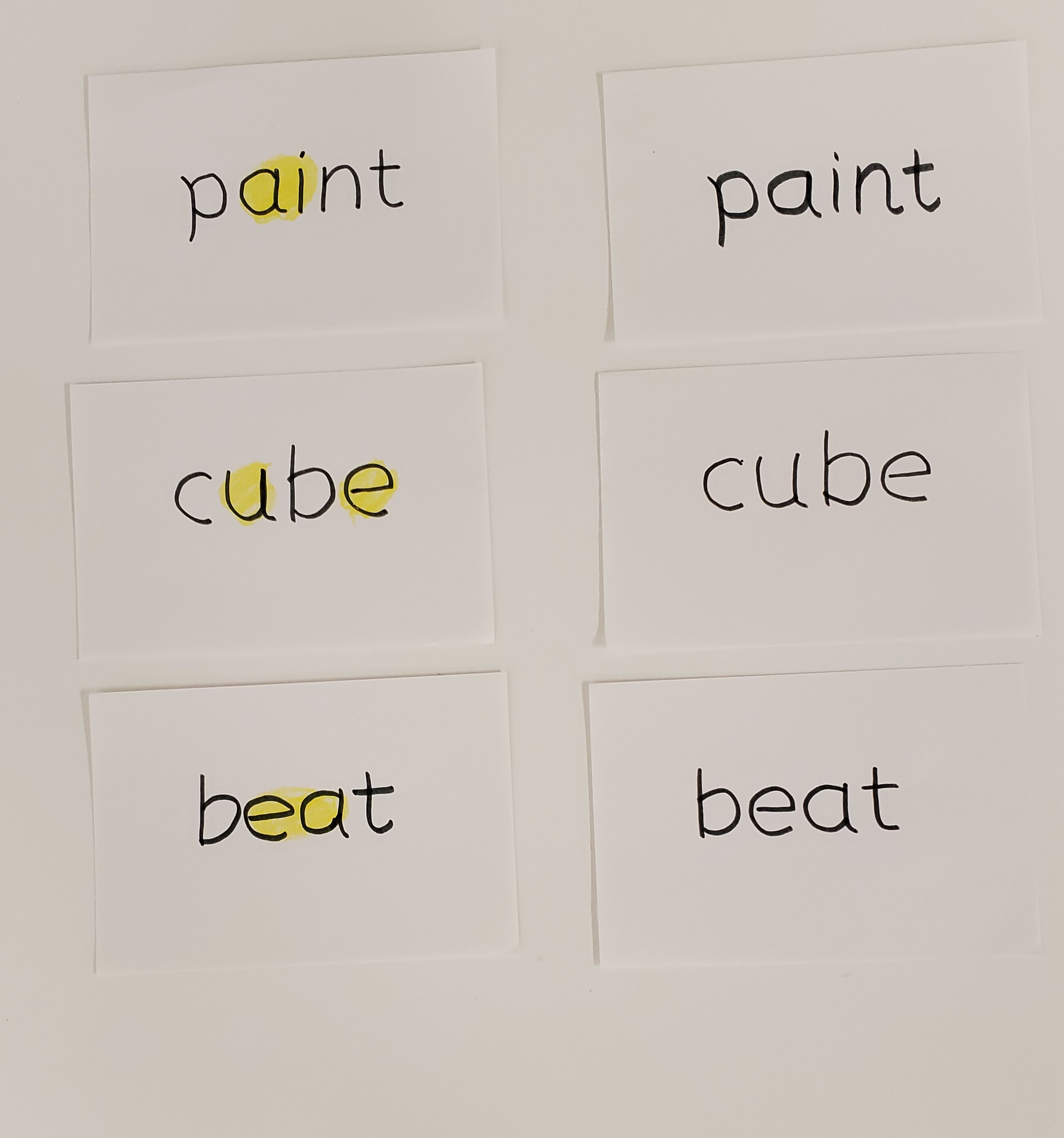
GAME PLAN for Practicing Vowel Teams
This Activity is sure to be a SLAM DUNK!
Use a cup, a small container, or even a trash can. Take turns saying the word and the vowel team, then crumble the paper and shoot for a point!
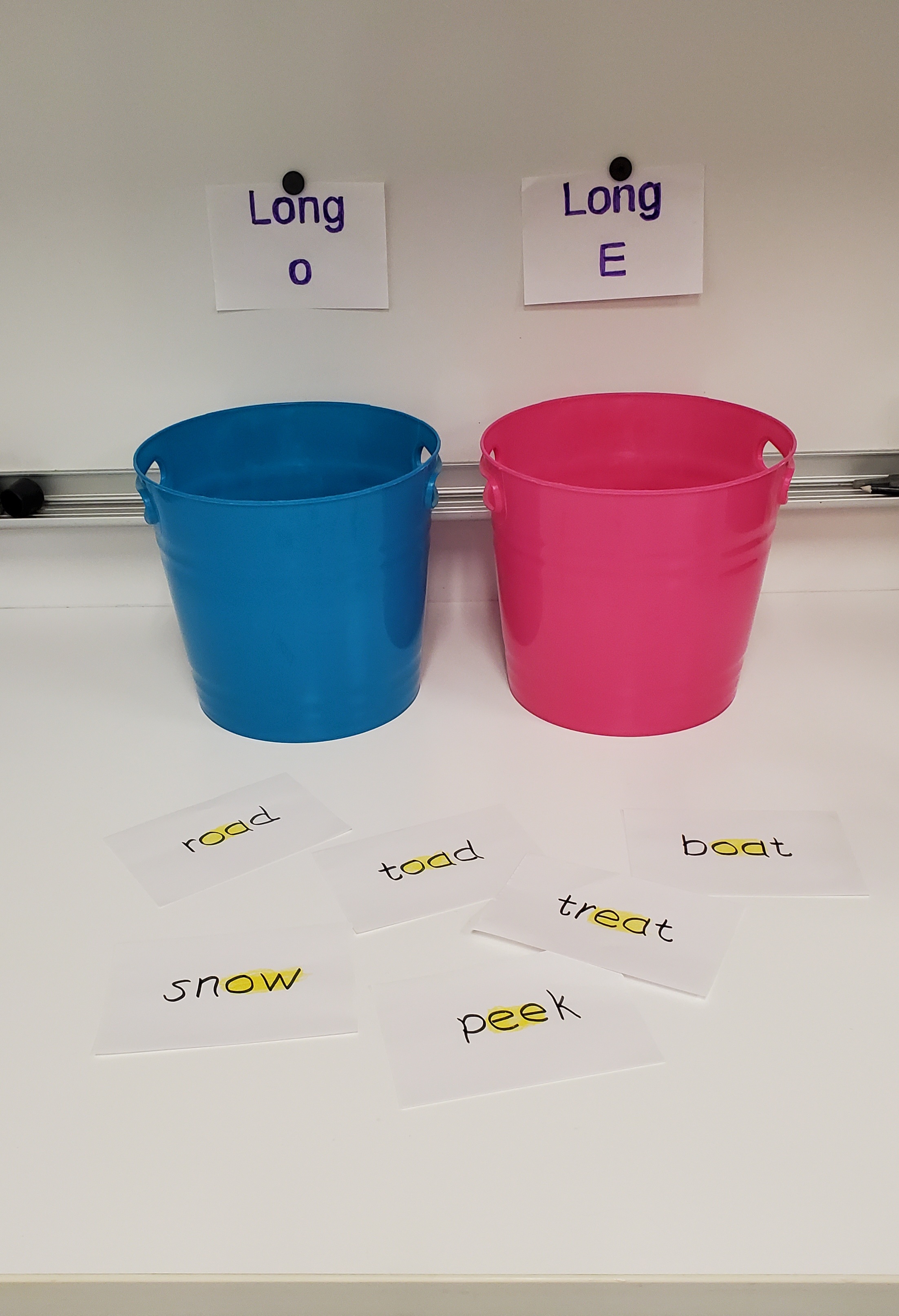
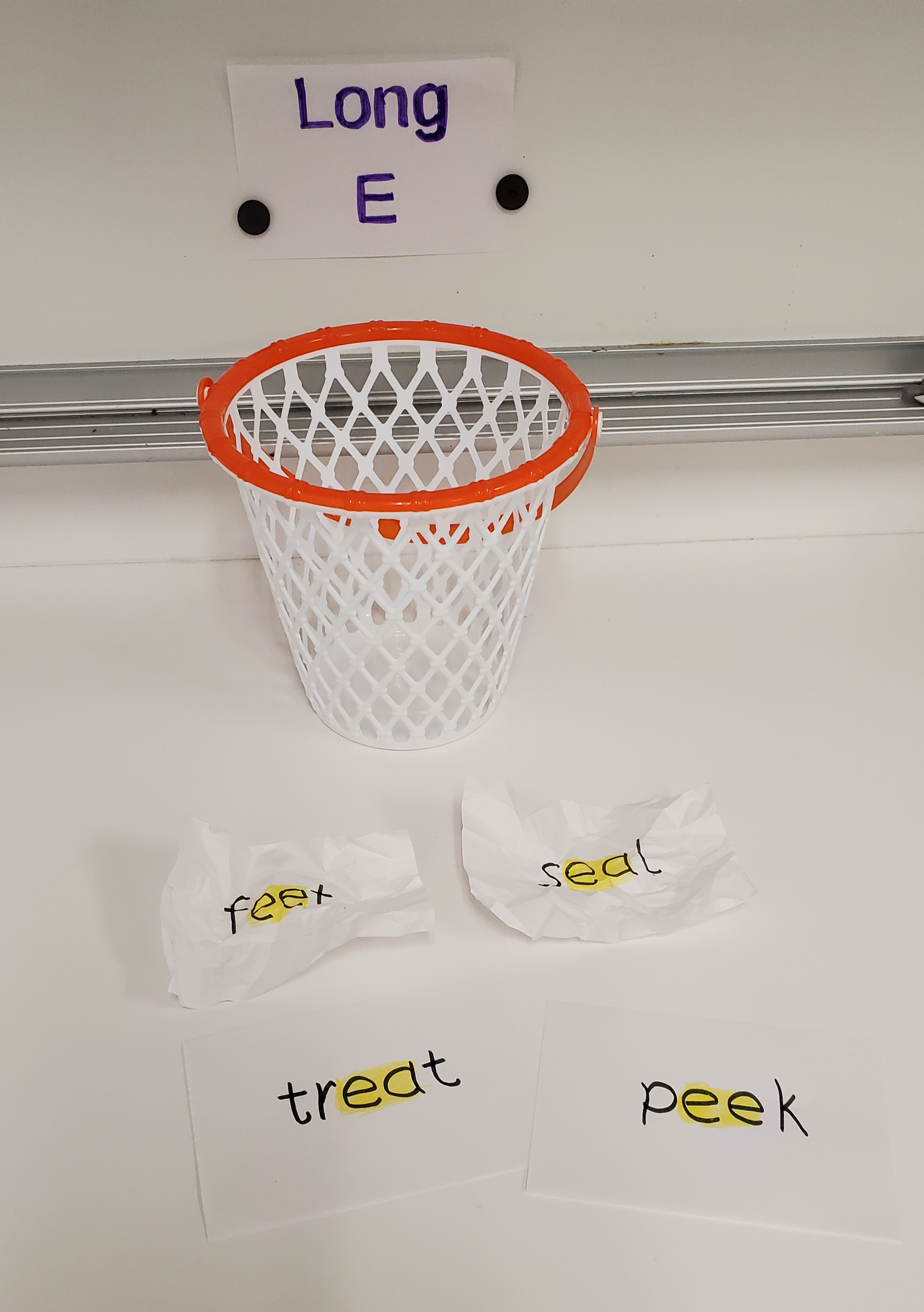
Extend and Explore
- ? For a challenge, add another container and word cards from two different “teams.” When shooting, be sure to choose the correct “basketball hoop” that corresponds with your word card/vowel team.
- ?Vary the distance from where you take the shot.
- Shoot from the closest spot (slam dunk) for 1 point.
- Shoot from the medium spot for 2 points.
- Shoot from the farthest spot for 3 points.
Yaaaay Team!
Cheerleaders always say, “YAY,” when they clap and cheer. Listen for the Long A sound, underline the spelling patterns for Long A, and then sort/ or write them, on the corresponding pom pom.
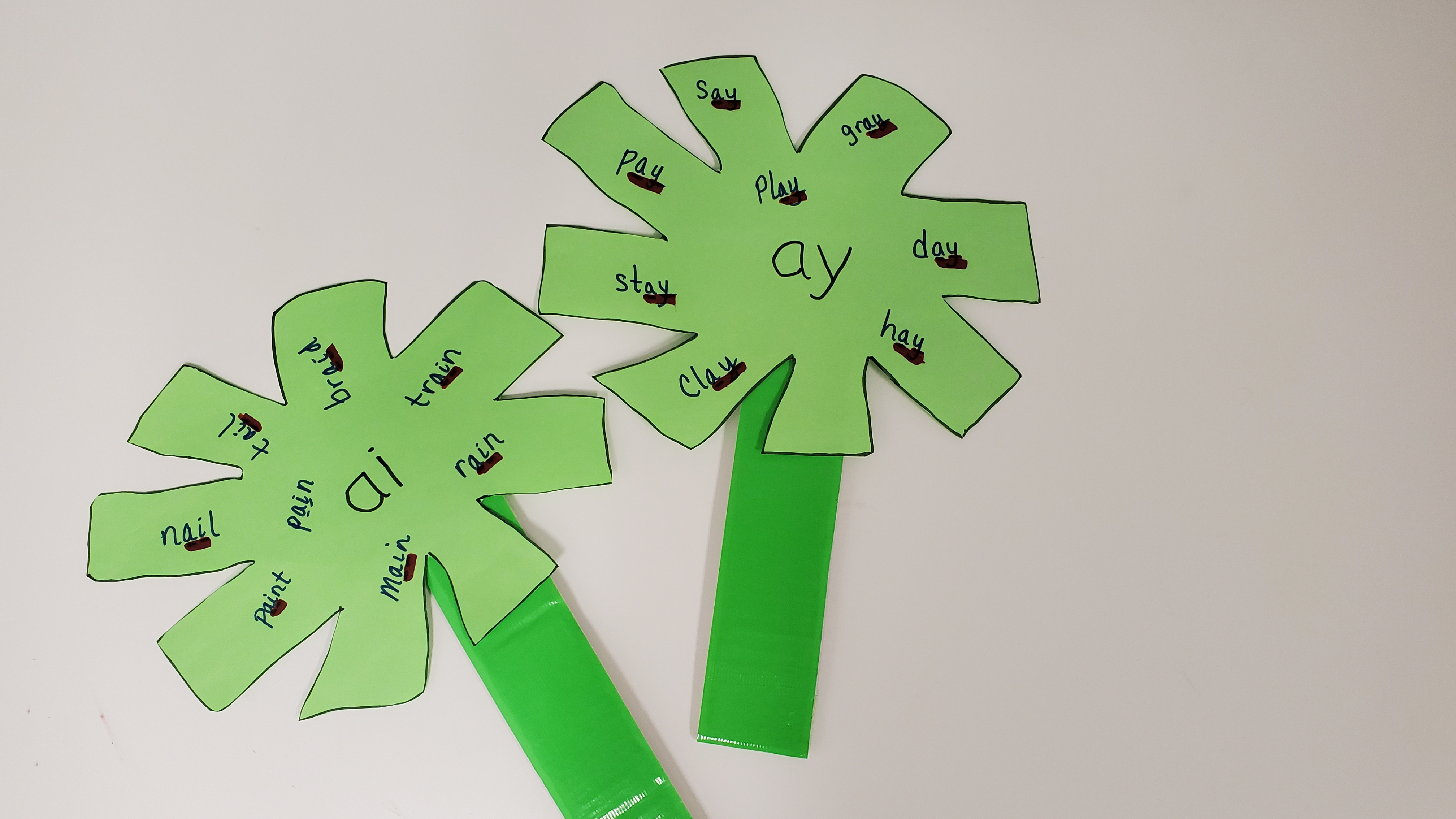
Extend and Explore
Create another pom pom that allows the vowel, consonant, silent e (a_e) word pattern. Say the word, write the word on your pom pom, and underline the spelling pattern. How many words are on your silent e pom pom?
Tongue Twisters and Poems
You and your beginning reader can create and write a silly poem or tongue twister. Help your beginning reader recognize vowel teams by highlighting the repeated sounds in the poem or tongue twister.
Extend and Explore
Repeated readings by your young reader is a practice that aims to increase oral reading fluency. A fun way to practice is to have your reader use different voices as they read. For example, read the poem/tongue twister using a robot voice, a mouse voice, a princess voice, or a cowboy voice. Be silly, have fun, and watch your reader grow in fluency and confidence!
Practice Makes Perfect!
Understanding word structure can be challenging. Like in anything in life, the more practice and exposure to a concept, the easier it will become for your reader. Be sure review, and if you see your reader getting frustrated, feel free to go back and review single vowel sounds or letter recognition. The most important thing to remember is to have fun!
Be sure to check out our Beginning and Early Reader Kits, available in the YS Department.
 Youth Services Assistant Librarian Erin
Youth Services Assistant Librarian Erin
 Youth Services Assistant Librarian Karen
Youth Services Assistant Librarian Karen

